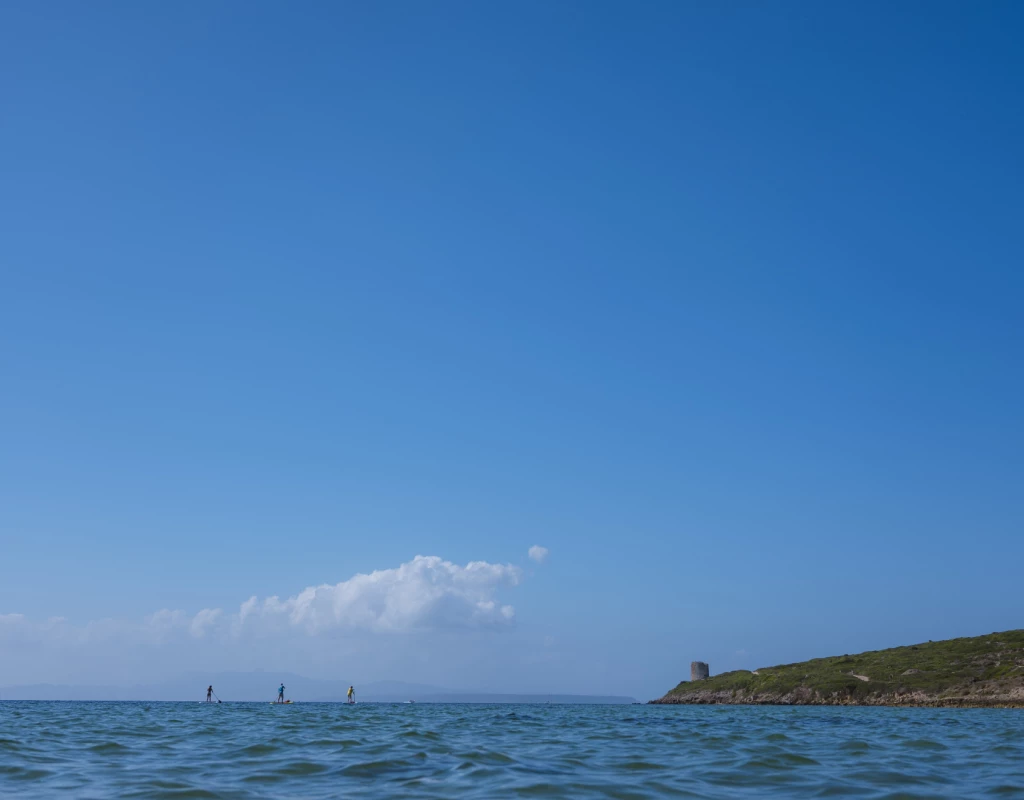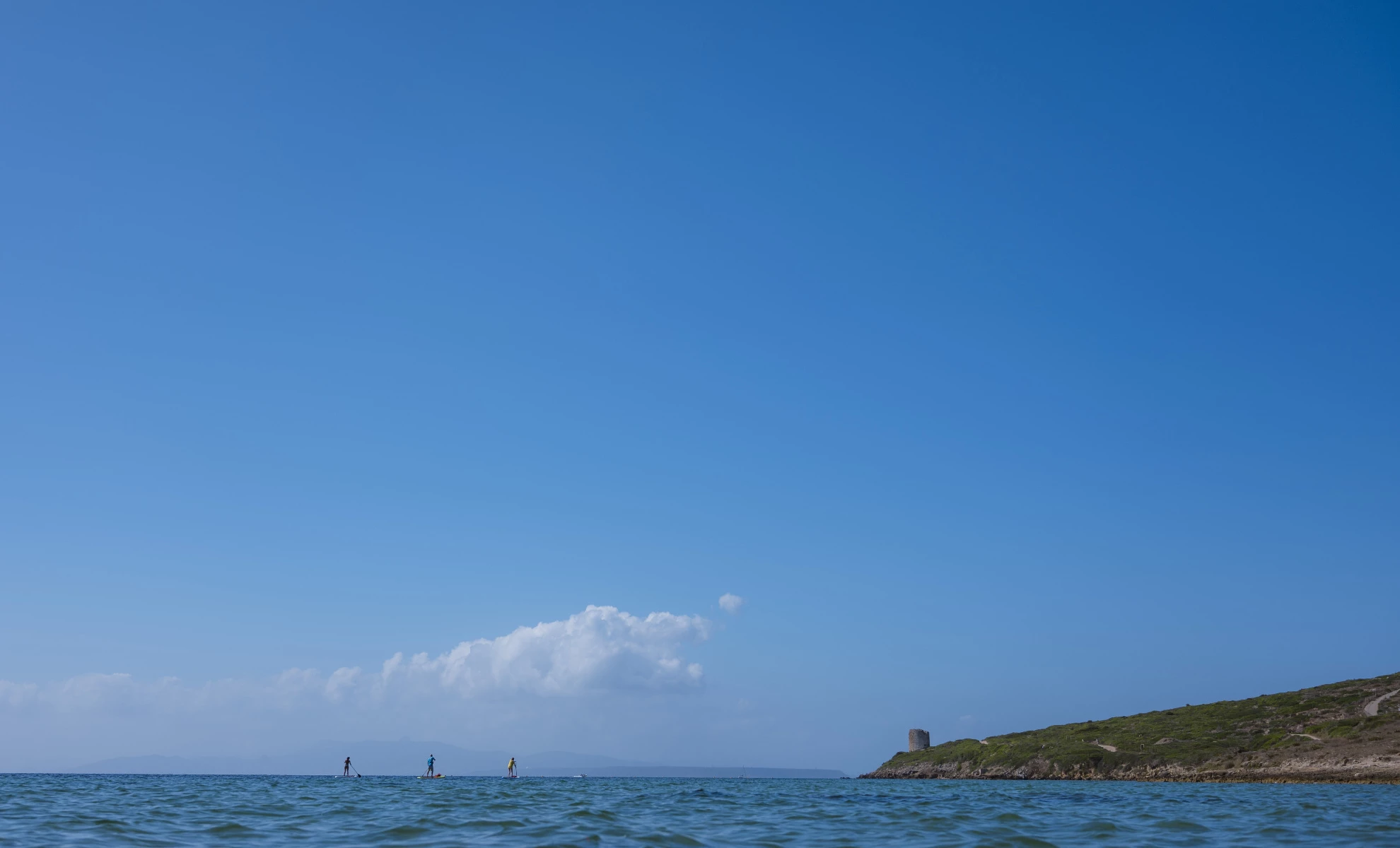Winning the bet, being able to imagine what Tharros was like in the days of its splendor, is easy: just arrive early in the morning on the promontory of Capo San Marco, with the sun still pale and the seagulls for only company, and the imagination goes wild.
Ph. Valentina Sinis - Trentaremi
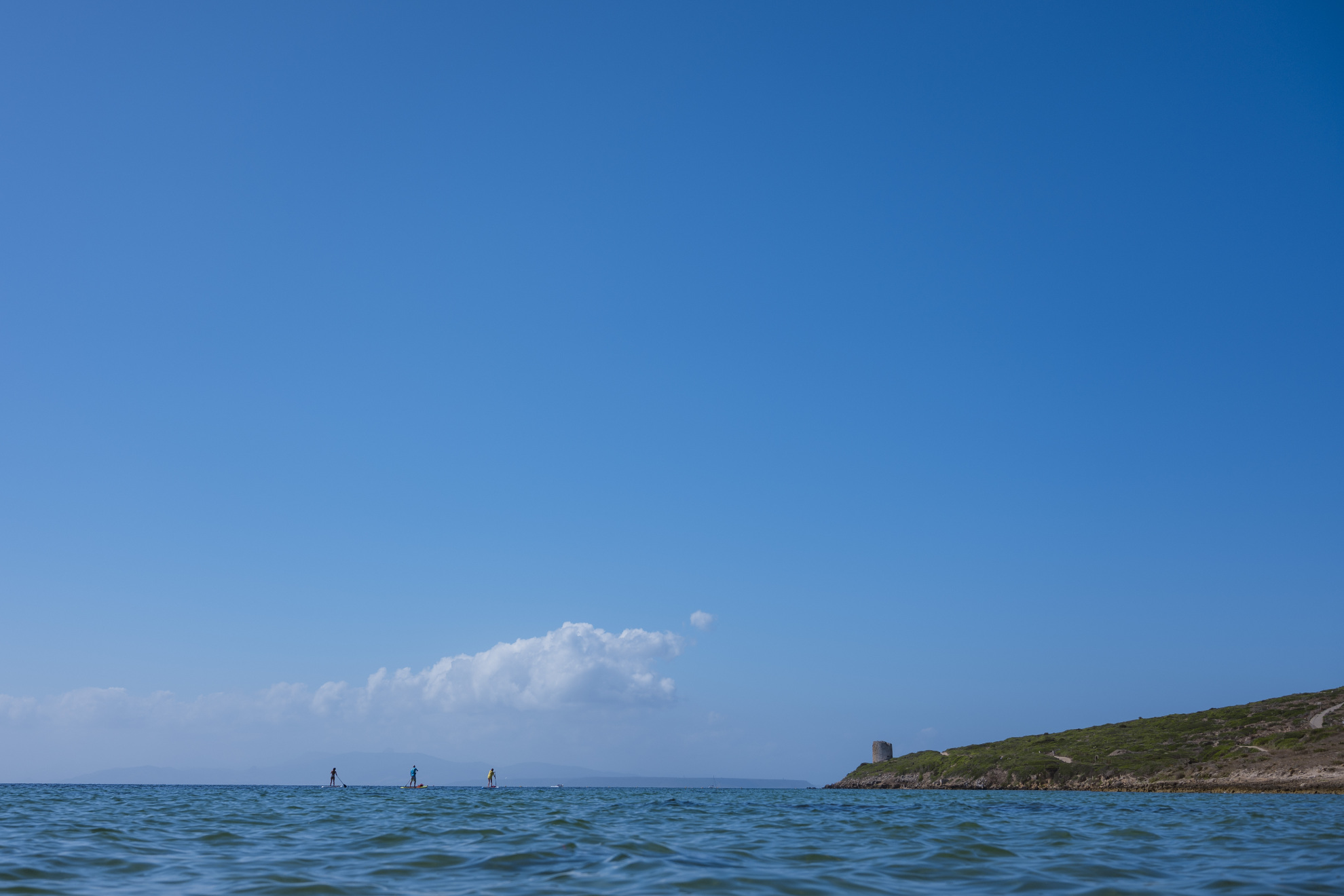
You can guess the distant landing of the Phoenicians, when Tharros was their colony and stood next to the ancient nuragic village of Su Muru Mannu (The Great Wall). Two necropolises and the tophet, the cemetery sanctuary where the urns with the remains of newborns and sacrificed animals were deposited from that period have survived.
The ruins of Tharros | Ph. Valentina Sinis - Trentaremi
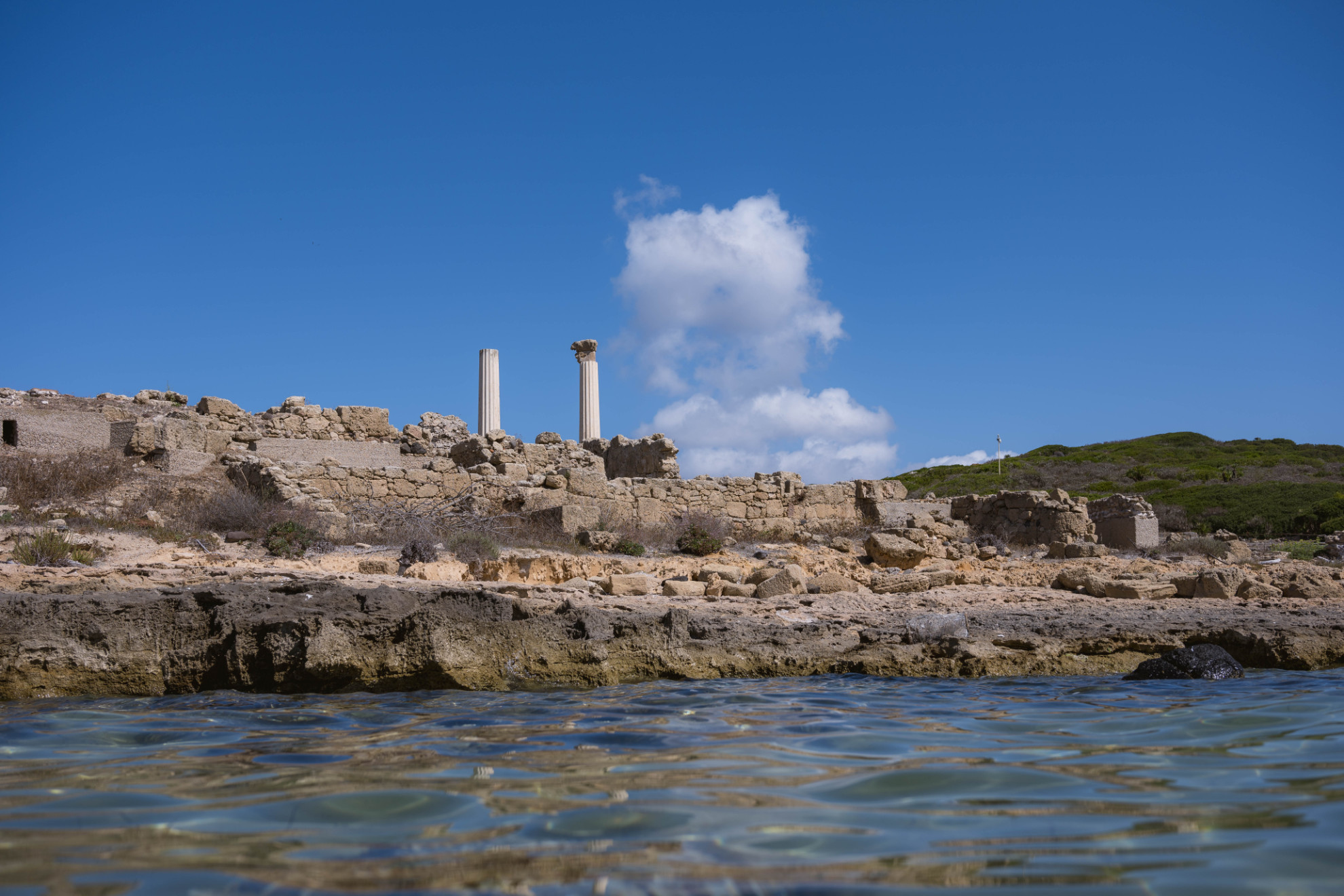
You can dream of the Carthaginian merchants while they bustled about, their business, their negotiations. You can almost hear the categorical orders of the Romans who arrived at the conquest around 238 BC. The Romans got busy here. They built the road network, the aqueduct, the termal baths. It could be said that Tharros experienced a fortunate period, which ended when the Western Roman Empire fell.
Then for this former Phoenician colony a difficult period began, during which it was ruled first by the Vandals and then by the Byzantines. Until the incursions of the Saracens became so frequent and so dangerous, that the Byzantines decided to leave Sardinia, abandoning Tharros in the hands of jackals and pirates.
Ph. Valentina Sinis - Trentaremi
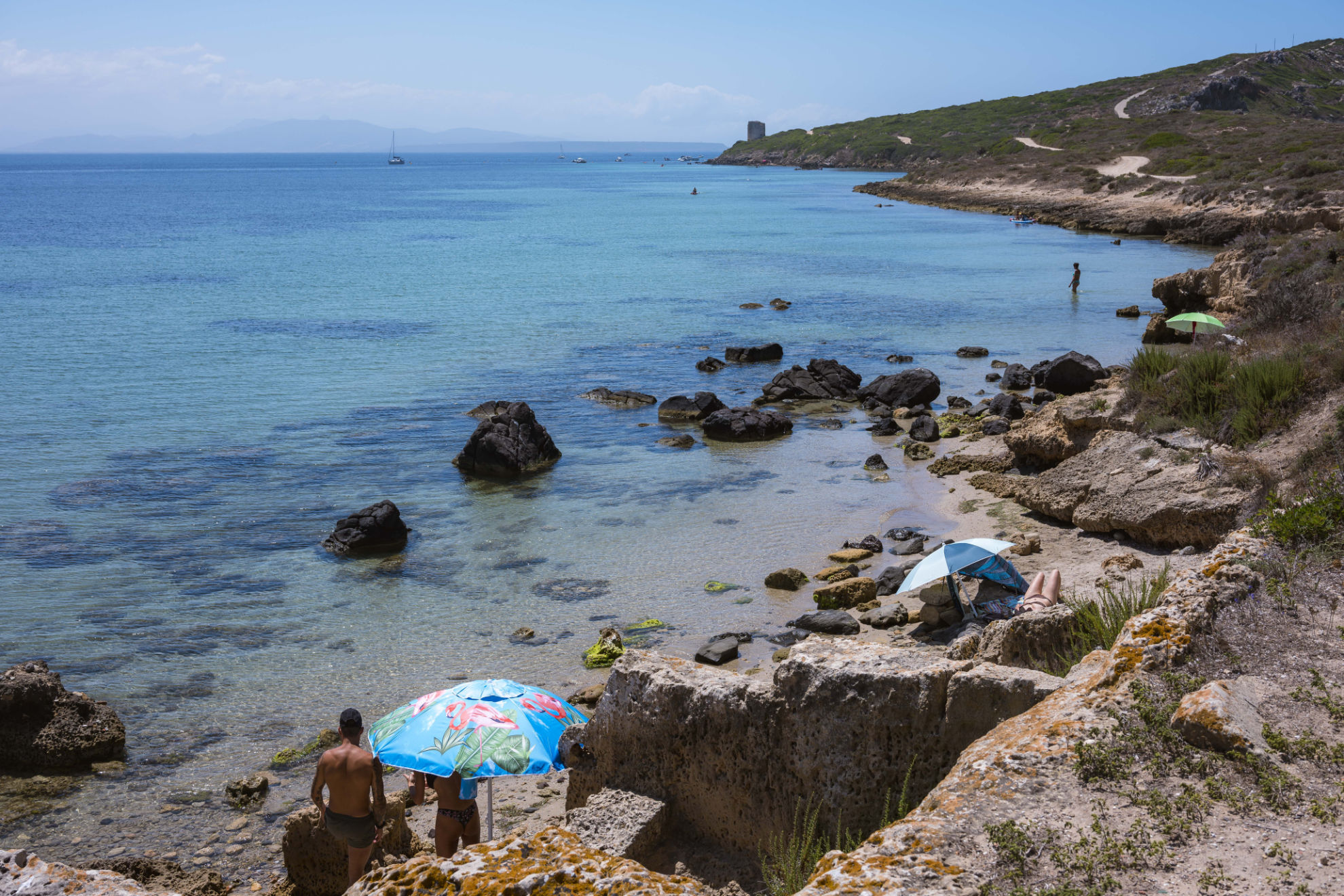
Today the ruins that stand out on the sea can be reached after a dip in the Sinis peninsula, already drunk with natural beauties and therefore distracted, ready to give up any rationality thinking about the past. The history is there, between the green and the blue, the sky and the Mediterranean scrub, in the awareness that Tharros was spoken of, indeed, it was already written in the eighth century BC.
Ph. Valentina Sinis - Trentaremi
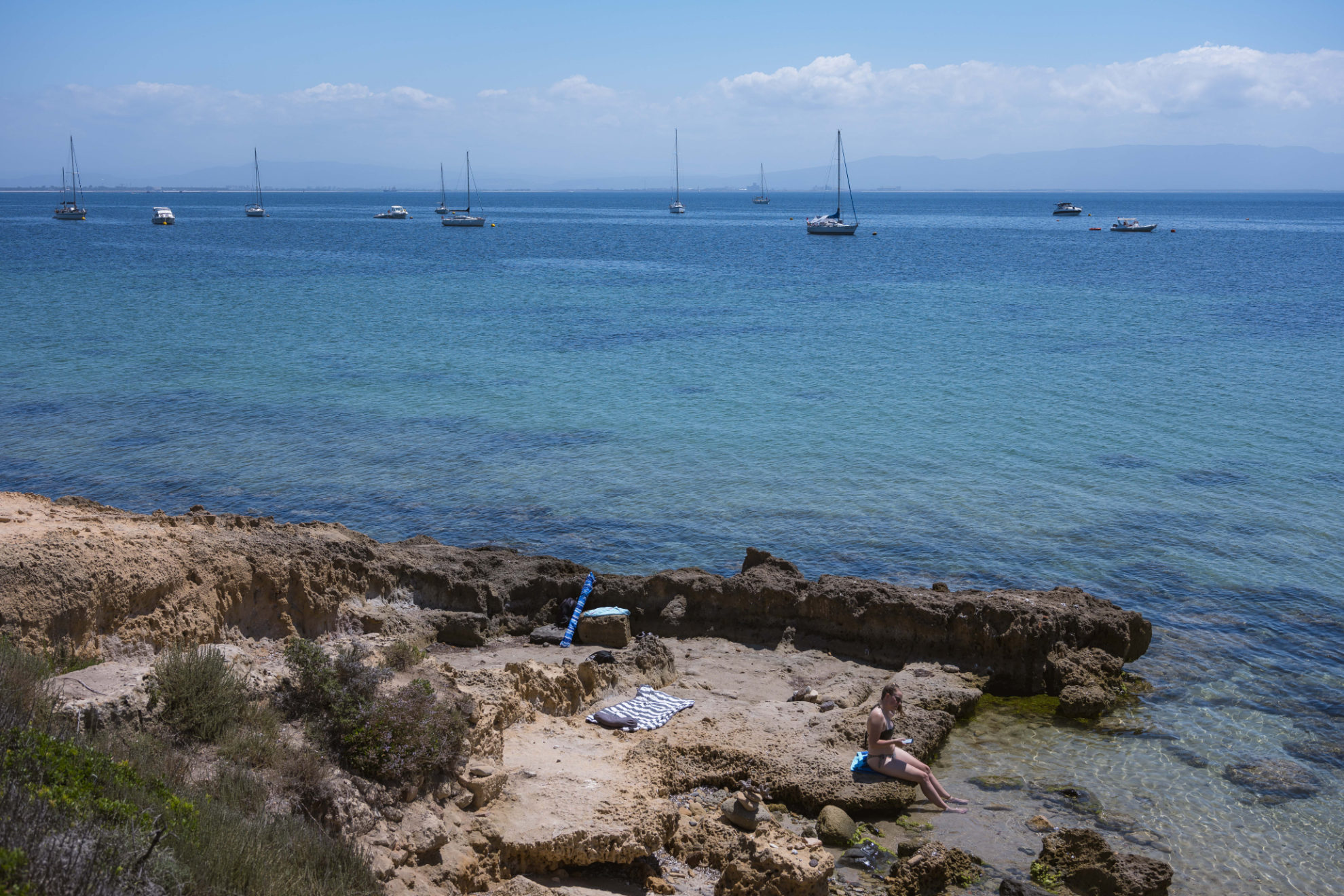
One may even be tempted to believe the legend according to which, when the city began to rebel against the domination of Rome, among the rescues sent from Carthage and arrived too late, were also elephants. There is no trace of them, but the suggestion of the myth of Hannibal is irresistible and it is not difficult to relive it by looking at the ruins from the sea. Of course, the passage of the Romans left little of the Punic era. We understand only that the city was extensive, probably three kilometers.
Those who have made a stop in Sardinian museums, especially in Cagliari, before coming to Tharros, can close their eyes and see the homage to Egyptian statuettes, or be inspired by the traces of pagan cults.
Ph. Valentina Sinis - Trentaremi
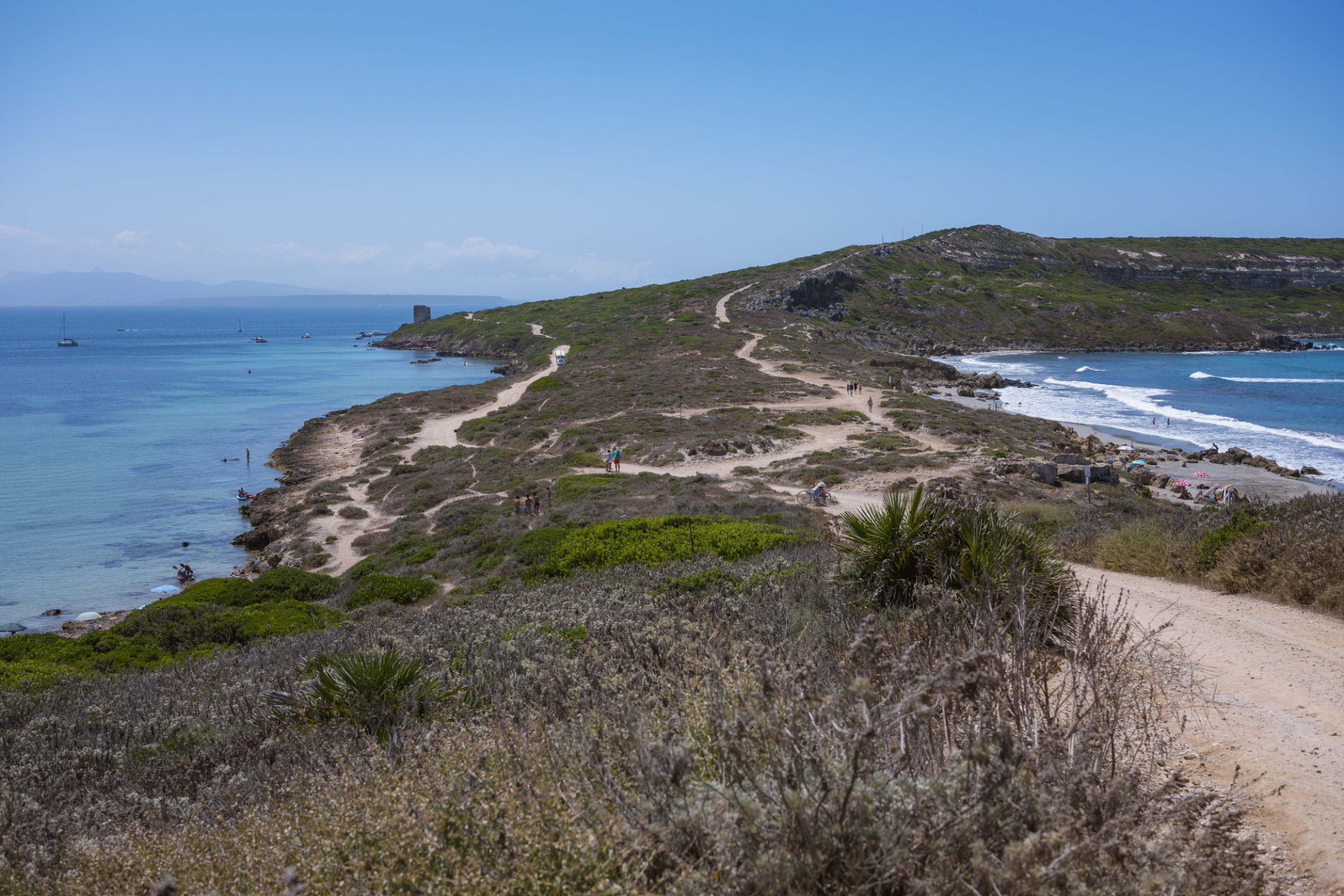
You can almost hear the noises of the battles between Roman factions after the Silla era. Then, opening your eyes and going back to reality, you can inhale deeply the smell of myrtle and cistus, the same as they were then. Even the wind, tireless friend of any adventure in Sardinia, stops in religious silence before the beauty and richness of the history of Tharros. The sea no. The sea continues to move, ignoring past and present human events.
